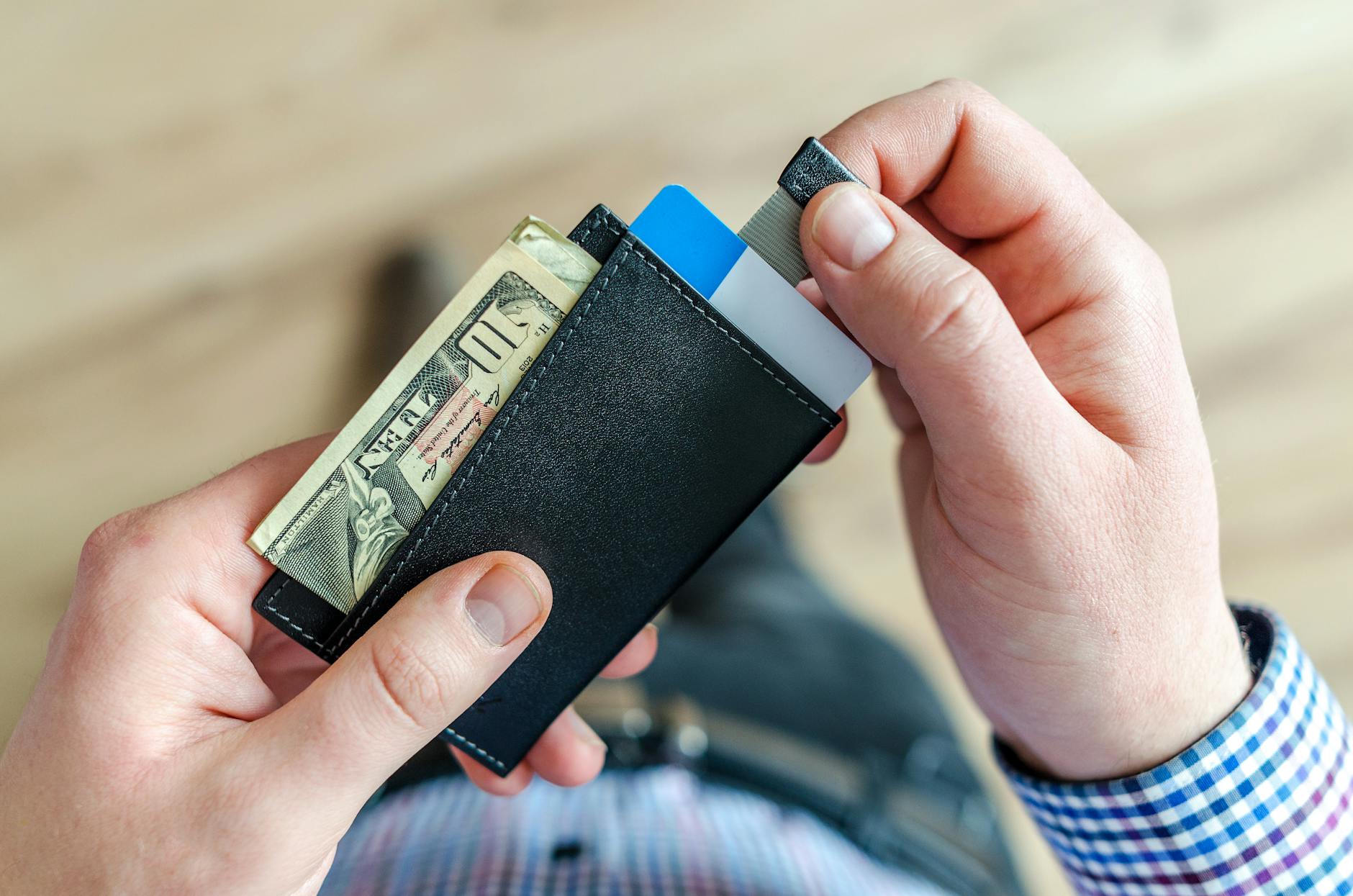Anúncios
If you’ve ever needed quick cash from your credit card, you’ve likely come across the term “credit card cash advance fees.” These charges can catch you off guard if you’re not prepared. The good news is that once you understand how they work, you can make choices that help you save money, reduce stress, and keep your credit healthy.
See how cash advances work
A credit card cash advance gives you immediate funds by tapping into your card’s line of credit. Unlike regular purchases, there’s usually a separate limit for cash withdrawals—often much lower than your full credit line. So, if your card has a $5,000 limit, you might only have access to $1,000 for a cash advance.
Why it’s different from regular purchases
When you buy groceries or pay a bill with your credit card, you typically have a grace period before interest kicks in. With a cash advance, interest usually starts piling up right away. Between higher Annual Percentage Rates (APR) and extra fees, a quick ATM trip can cost more than you’d expect.
Spot the hidden costs
Cash advances come with several potential charges and high interest rates. If you’re not careful, you might find yourself paying more in fees than the amount you originally borrowed. For instance, taking out a $500 cash advance and paying only $50 each month can lead to nearly $100 in extra charges over time.
Typical fees and interest rates
- Transaction fee: Usually 3–5% of the amount you withdraw, or a minimum of $10.
- Higher APR: Rates around 30% are common for cash advances, compared to roughly 20% (or less) for normal purchases.
- Immediate interest: No grace period means interest accrues the moment you get the cash.
If you’re curious about how these APRs stack up to standard credit card rates, check out credit card interest rates for more insights on how your overall costs add up.
Explore ways to cut fees
Even if you’re in a pinch, there are steps you can take to lessen the financial burden of a cash advance. Sometimes the best strategy is to avoid one entirely by planning ahead and using other resources.
Pay off quickly
Since interest compounds right away, paying off your cash advance as soon as possible cuts down on added costs. A small increase in your monthly payment can have a big impact. Doubling a $17.50 monthly payment to $35 on a $500 advance at 30% APR can shorten the repayment timeline and lower total interest charges.
Build an emergency fund
Having even a modest emergency fund means you’re less likely to rely on pricey cash advances. Think of it as a backup for unexpected car repairs or medical bills. This safety net can protect you from high fees and let you use your credit card for regular purchases at a more manageable rate.
Seek lower-fee cards
Not all cards charge hefty cash advance fees. For example, certain credit unions or secured cards may offer lower fees or similar APRs for both purchases and cash advances. If you’re also reevaluating other potential costs, you might look into credit card annual fees or credit card foreign transaction fees to get the bigger picture on total expenses.
Compare common charges
Here’s a quick rundown of what you might see when taking a cash advance:
| Fee type | Typical range | What to know |
|---|---|---|
| Cash advance transaction fee | 3–5% of the amount (or $10 minimum) | Added to your balance immediately, increases your debt right away |
| APR on cash advances | ~30% (varies by issuer) | Usually higher than purchase APR, starts accruing instantly |
| No grace period | Not applicable | Interest charges begin the moment you take out the cash |
| Cash advance limit | Lower than total credit limit | Often capped at a fraction of your overall credit line |
If you’re juggling other fees too, it can be helpful to look at credit card balance transfer fees so you can compare all the different ways credit card companies might charge you.
Plan your next move
A cash advance may feel like a lifeline when you need money now, but it comes with significant costs. Whenever possible, explore alternatives such as using your regular credit line for purchases, tapping an emergency fund, or finding a card with more favorable terms. Paying off the debt early is key if you do take a cash advance—every extra dollar toward your balance can help you dodge unnecessary interest charges.
Feel free to take small steps, like setting aside a bit of savings each month, or asking your card issuer about specific cash advance terms. By getting a handle on credit card cash advance fees and their pitfalls, you’ll protect your budget and stay ready for the unexpected. If you have tips or questions, drop them in the comments—helping each other out is what makes personal finance a little easier. And remember, when you need more guidance on credit card matters, we have plenty of resources ready for you.








